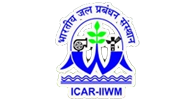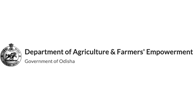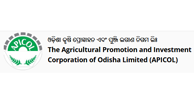The ICAR-CIWA-OIIPCRA project has focused on promoting stress-tolerant, high-yielding, and nutri-rich crop varieties such as paddy, maize, oilseeds, and pulses, with women farmers and SHGs taking a lead role. The demonstrations of Climate-Smart Agriculture Technologies (CSAT) have been instrumental in improving productivity, water use efficiency, and resilience to climate change, contributing to greater food security and sustainability.
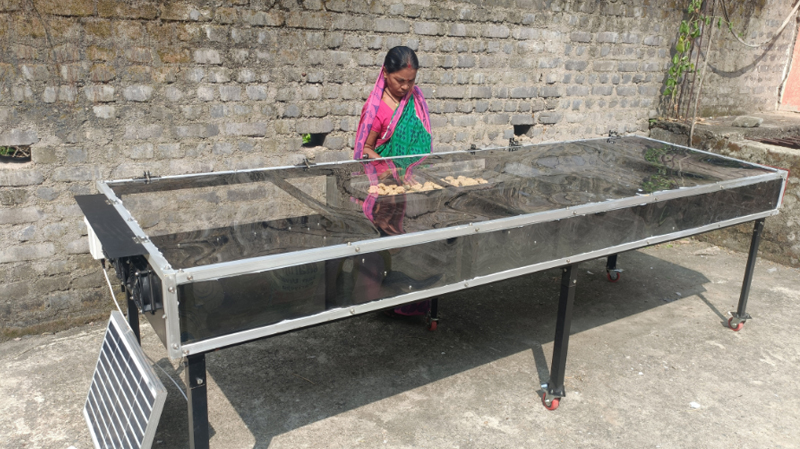
Objective 1 :
Perception and Adaptation to Climate Change Farm women, with their daily engagement in agriculture, are highly aware of the risks posed by climate change. These challenges, such as erratic rainfall, water scarcity, and pest infestations, significantly impact their livelihoods. Yet, despite limited resources and technology access, women have adapted through altered planting schedules, crop diversification, and water conservation methods. By empowering them with training, climate information, and decision-making power, we can boost their adaptive capacity and agricultural productivity.
Objective 2 :
Climate-Smart Intensification and Diversification We’ve introduced sustainable farming practices like soil fertility management, conservation tillage, and efficient irrigation systems to enhance productivity. Additionally, crop diversification, particularly with resilient varieties like sweet corn, sesame, and pulses, has strengthened resilience against climate shocks, ensuring food security and improving incomes. Post-harvest processing techniques, such as solar drying, further enhance value addition and support sustainable agri-enterprises.
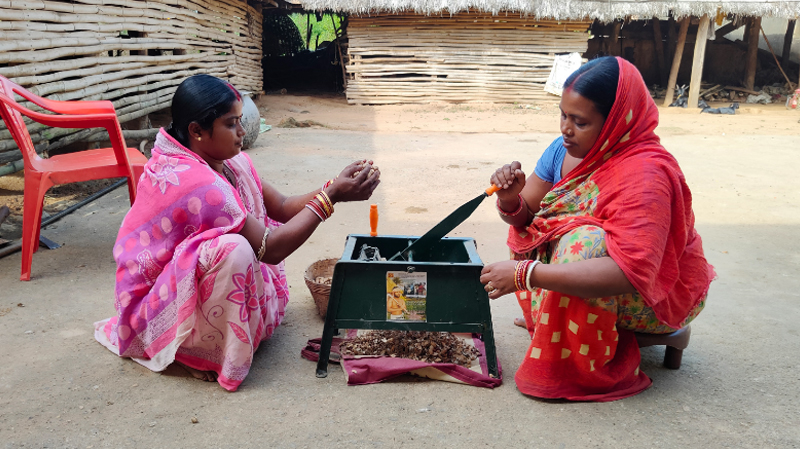
Technological interventions for Climate Resilience and Gender Equality
The table presents a comprehensive overview of technological interventions, climate resiliency, and gender equality across four distinct topographies. Each land situation was addressed using through specific approach to maximize agricultural productivity and sustainability, which are influenced by unique conditions. Gender equality and empowerment are key components of the agricultural interventions outlined in the table. Upland and medium land practices involve women in sustainable farming practices and skill-building opportunities, increasing their participation in agricultural decision-making. Mechanized tools, such as transplanters in medium lands, reduce the labor burden on women, freeing up time for other activities. In lowland areas, women are encouraged to take leadership roles in agricultural decision-making, and rice-fallow systems offer income generation opportunities through community-managed centers (CHCs), providing economic independence and empowerment for women. The performance of crops and technologies is also documented, demonstrating specific advantages for each system. For instance, groundnut in uplands yields 17 q ha⁻¹, exceeding the check yield of 14 q ha⁻¹, with a net income of ₹38,956. In medium lands, maize yields 38.4 q ha⁻¹, with a net income of ₹9,502. Lowland rice-based systems like direct-seeded rice (DSR) and drum seeding improve efficiency, with SRI achieving up to 39 q ha⁻¹. Green gram in rice fallows shows a high benefit-cost (BC) ratio of 2.26, indicating strong profitability. Statistical analysis supports the reliability of these interventions, with high t-values (p < 0.01) confirming their significance in improving productivity and profitability. The integration of technology, climate adaptation, economic feasibility and gender equality helps to build resilient agricultural systems that can withstand climate challenges while fostering economic growth.
Climate-resilient technological interventions and outcomes across different topographies
| Topography | Upland | Upland | Low land | Rice - fallows | ||||
|---|---|---|---|---|---|---|---|---|
| Technological Interventions | Contour bunding ridge-furrow systems Summer Ploughing | Field Bunding Use of organic manures Mechanized tools | SRI, Drum Seeding Brown Manuring | |||||
| Crop Variety | Groundnut (Dharni) | Maize (DMRH 1301) | Rice (Sahbhagi) | Rice CR (Dhan 100) | Rice (Swarna Shreya) | Rice (MTU-1010) | Rice (MTU-7029) | Greengram (Virat) |
| Yield (q ha⁻¹) | 17.0 | 38.4 | 33.0 | 36.0 | 38.5 | 38.0 | 39.0 | 12.5 |
| Check (q ha⁻¹) | 14.0 | 30.0 | 29.0 | 32.5 | 32.5 | 34.2 | 35.0 | 10.6 |
| CoC (Rs ha⁻¹) | 80,355 | 81,439 | 74,993 | 74,993 | 47,718 | 69,493 | 56,337 | 47,922 |
| Net returns (Rs ha⁻¹) | 38,956 | 9,502 | 9,158 | 16,058 | 43,082 | 26,158 | 36,114 | 60,604 |
| BC Ratio | 1.48 | 1.12 | 1.54 | 1.32 | 1.32 | 1.39 | 1.32 | 2.26 |
| t-value | 6.50** | 17.33** | 4.54** | 5.84** | 9.18** | 7.19** | 8.99** | 6.48** |
| Climate Resiliency | Reduces risk of crop failure Enhances WUE Promotes soil health | Ensures stable yields under moderate climatic variability | Addresses flood risks Sustainable rotations to cope extremes | |||||
| Gender Equality | Engages women in water conservation and OFmg. | Reduces drudgery through mechanization | Provides opportunities for skill-building in cropping | |||||









